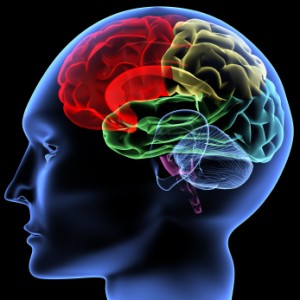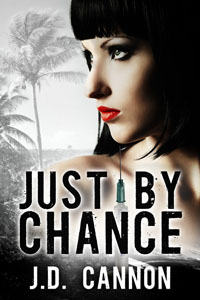No, I’m not going to write about champagne. Champagne is for drinking, not writing about. The “bubbly” I’m talking about here has to do with the “bubbling up” of ideas that get incorporated into a story, the creative process that I accidentally discovered and used when writing Just by Chance. And it’s the process that I now use for all my fiction writing.
A number of years ago, I visited the website of one of my favorite authors and was thrilled to find an article he had posted about his writing process. When I learned that he wrote out his novels longhand and then had someone transcribe them, I was stunned. I couldn’t believe that in this day and age of sophisticated computing devices someone would take such a primitive, slow, and old-fashioned approach to writing.
Well, guess what? My own writing process starts out with a handwritten approach. Not just the jotting down of ideas, but the actual scenes. I write out each scene in the book longhand, a couple of scenes at a time. Now, I must tell you that I struggled with this approach for a long, long time. Being somewhat of a techie by nature and by training, I’ve always had access to the latest advances in technology, but I was reluctant to use them. And I couldn’t figure out why.
I’m certainly comfortable with computers and know how to use them, and I can even type at a decent clip thanks to the typing class I took way back in high school. And I truly admire people who can whip out their laptop or tablet and take notes during meetings or lectures, or just start writing chapters of their book. Not me, though. I just didn’t find it a natural or effective way to work. It felt too linear and confining. So, I struggled to try and get more techno-centric, but without success. Oh, the guilt. What was wrong with me? How come everyone else could bang merrily away on their keyboards, but I couldn’t? I had to go through dozens of yellow pads, trying to decipher my scribbled handwriting and margin notes, following swooping arrows that encircled paragraphs destined to be inserted in various places in the twenty-or-so pages I had handwritten.
 Then one day I figured it out. I did some research and learned a bit about how the human brain works. It turns out that when we write things out longhand, and when we write using a keyboard, different areas of the brain are stimulated. When we write longhand, more of the creative areas of our brain come into play, and we are better able to think in terms of phrases, ideas, and concepts. When we use a keyboard, we tend to think more in terms of individual characters and words and less in terms of the bigger picture. Once I learned this, the guilt and frustration immediately disappeared, and I no longer had any problems pulling out a yellow pad and letting the creative me get down to work.
Then one day I figured it out. I did some research and learned a bit about how the human brain works. It turns out that when we write things out longhand, and when we write using a keyboard, different areas of the brain are stimulated. When we write longhand, more of the creative areas of our brain come into play, and we are better able to think in terms of phrases, ideas, and concepts. When we use a keyboard, we tend to think more in terms of individual characters and words and less in terms of the bigger picture. Once I learned this, the guilt and frustration immediately disappeared, and I no longer had any problems pulling out a yellow pad and letting the creative me get down to work.
I think up a few scenes and jot down some notes about characters, location, timeframe, and plot. I do this for two or three scenes at a time. I find it difficult to plan out much more than that, preferring that my characters lead me into what should come next. Then, I draft each scene on a lined pad. This starts out as a pretty linear process, but quickly changes. By the time I’m halfway through a scene, something that should be added between the first two paragraphs bubbles up in my mind, so I stop the linear flow of the scene, write notes in the margins, scribble out chunks of text, then circle them and draw arrows to indicate where things need to be moved and inserted. Sometimes I’ll create entirely new scenes that are placed between the ones I planned out. All in all, this tends to be a pretty non-linear process, and I could never work this way using a word processor. The biggest downsides to this approach are that it’s not very “green” and it produces piles of yellow pads scattered about my office, which can make it hard to find pieces of the story.
Once I’ve drafted a few scenes longhand, I crank up my word processor and start typing, editing each scene as I go. At this point, I’m ready to submit the scenes to my critique group. As an aside, if you are a writer, the best advice I can give you is to find yourself a critique group. The feedback they can provide is invaluable. After meeting with my critique group, I make additional notes on yellow pads and review their feedback, which will ultimately be incorporated into the book’s first draft.
And that’s when the real work starts.

